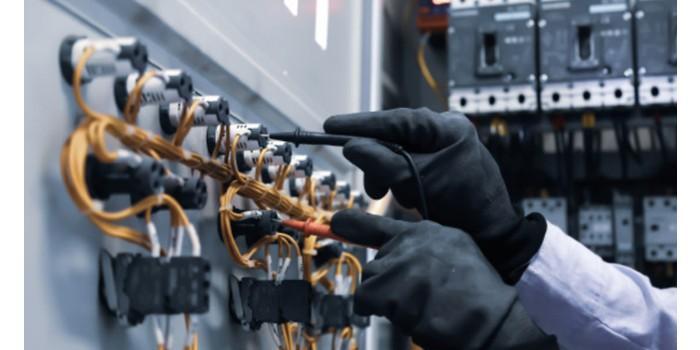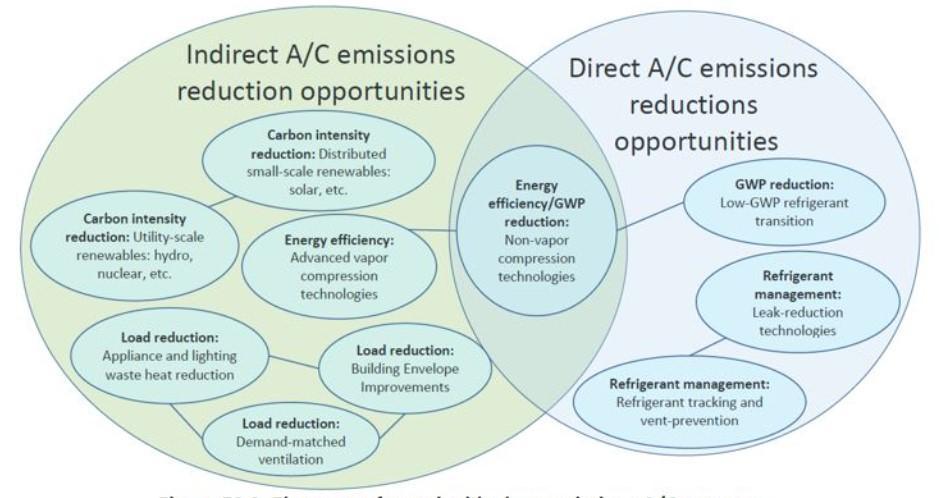 Colombia. The International Finance Corporation - IFC has developed TechEmerge Sustainable Cooling Latin American Cities, with the aim of integrating innovators from around the world, with end users who need these technologies in Mexico and Colombia, to accelerate the use of disruptive technologies.
Colombia. The International Finance Corporation - IFC has developed TechEmerge Sustainable Cooling Latin American Cities, with the aim of integrating innovators from around the world, with end users who need these technologies in Mexico and Colombia, to accelerate the use of disruptive technologies.
Cooling systems play a fundamental role in multiple industries and in everyday life. Its use in today's economies is increasing rapidly, which is why alternatives must be explored to increase its energy efficiency. In this sense, Goetzler, Guernsey, Young, & Fujrman, (2016) make a proposal of innovation opportunities seen from the generation of direct and indirect emissions, but to understand it it is necessary to use the definitions that MINTECO (2015) makes about these categories:
Indirect GHG emissions: these are emissions resulting from the activities of the organization, but that occur in sources that are owned or controlled by another organization. An example of indirect emission is the emission from electricity consumed by an organization, whose
emissions have been produced at the place where the electricity was generated.
In this aspect, there are opportunities for innovation and generation of disruptive technologies in factors that allow the reduction of direct emissions, such as:
1. Generation of scalable solutions (the user grows, the cooling solution grows)
2. Inclusion of renewable energies in small domestic or commercial solutions (solar, wind,
etc.)
3. Inclusion of renewable energies in industrial solutions and large real estate developments (Hydronics, thermal districts, etc.)
4. Advanced vapor compression systems.
5. Better insulating materials and internal heat generating equipment (e.g. bulbs) of high efficiency.
6. Determination of thermal loads adjusted to reality and adaptable to the needs of end users.
7. From the point of view of direct emissions, we return to the definition of these from MINTECO
(2015), such as: Direct GHG emissions: are emissions from sources that are owned or controlled by the organization. In a very simplified way, they could be understood as the emissions released in situ at the place where the activity occurs, for example, the emissions due to the heating system if it is based on the burning of fossil fuels.
In this sense, disruptive solutions and technologies can be aimed at products or services such as:
1. Use or migration of systems with low GWP refrigerant substances such as ammonia, carbon dioxide, hydrocarbons or HFO.
2. Detection and control of refrigerant leaks.
3. Leak reduction solutions in copper pipe joints and fittings
4. Widespread use of good practices in refrigerant handling.
Finally, in search of solutions that reduce direct and indirect emissions, the proposals
are aimed at using cooling solutions without vapor compression systems, such as
production of cooling by magnetic fields.
Below is the graphic representation by Goetzler, Guernsey, Young, & Fujrman, (2016), on what was previously developed.

Figure 1. Impact and improvement strategies of cooling systems - Adapted from: Goetzler, Guernsey, Young, & Fujrman, (2016)
Bibliography
Goetzler, W., Guernsey, M., Young, J., & Fujrman, J. (2016). The future of air conditioning for buildings (No. DOE/EE-1394). Navigant Consulting, Burlington, MA (United States). Retrieved August 11, 2020 from
https://www.energy.gov/sites/prod/files/2016/07/f33/The%20Future%20of%20AC%20Report%20-%20Full%20Report_0.pdf
* MINTECO (2015). Ministry of Agriculture. Food and Environment of Spain, & Spanish Office of Climate Change. Guide for the calculation of the carbon footprint and for the elaboration of an improvement plan for an organization. Retrieved August 11, 2020 from
https://www.miteco.gob.es/es/cambio-climatico/temas/mitigacion-politicas-ymedidas/guia_huella_carbono_tcm30-479093.pdf
*Author: Bolívar Monroy, Technical Director ACAIRE - +57 316 692 3647 - [email protected]














